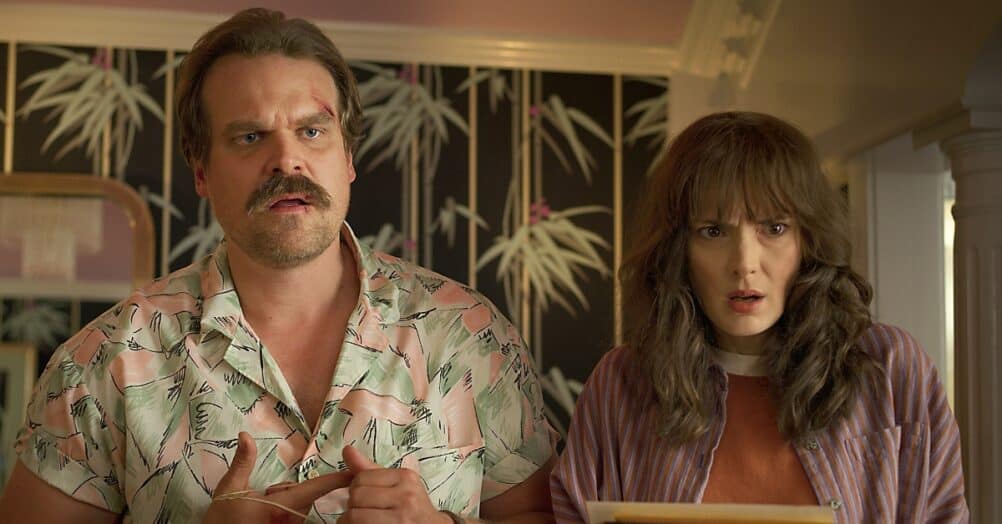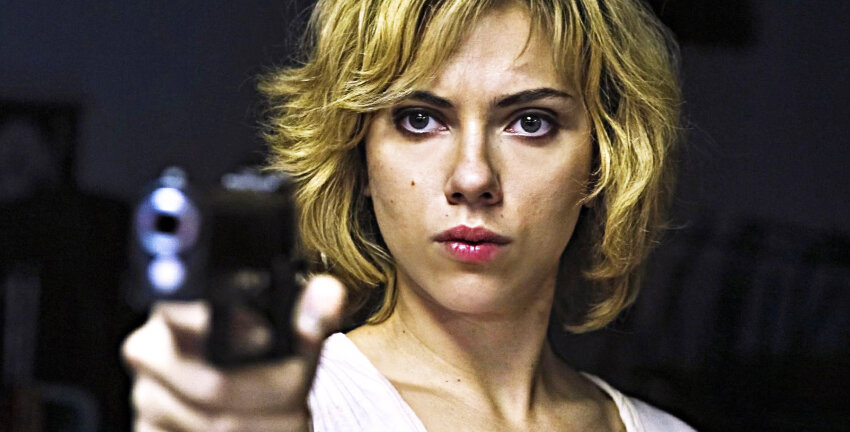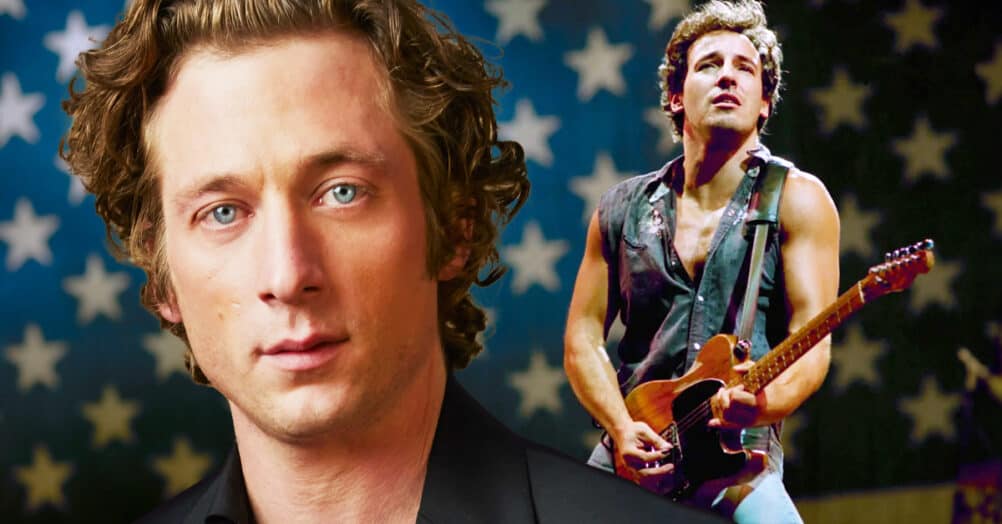
PLOT: Adèle (Adèle Exarchopoulos) is a teenaged-girl who feels curiously unfulfilled by her flirtations with the boys in her high school. When she meets Emma (Léa Seydoux)- an older painter, she’s drawn to her in an explosively sexual way that changes her life, and puts her on a path of self-discovery.
REVIEW: BLUE IS THE WARMEST COLOR finally hits U.S theatres after riding a wave of acclaim and controversy that’s already led to it being regarded as one of the most controversial movies of the year, with the MPAA slapping it with a restrictive NC-17 rating. This shouldn’t be seen as too much of a surprise as the MPAA is known to be puritanical when it comes to sexuality, especially if it’s female. To be sure, BLUE IS THE WARMEST COLOR is an extremely steamy movie, but if one looks beyond the graphic love scenes, at it’s heart it’s a surprisingly tender- even innocent- love story.

In French, the movie is called LA VIE D’ADELE: CHAPITRES 1 ET 2, meaning “The Life of Adele: Chapters 1 & 2” and you couldn’t make up a more apt title. Despite the top-billed Léa Seydoux, Abdellatif Kechiche‘s movie is much more of a showcase for eighteen-year-old actress Adèle Exarchopoulos. Over an hour of the film goes by before Seydoux has her first scene (although she’s glimpsed in passing early on). The movie is essentially divided into thirds, with the first chapter following Adele through some innocent flirtations with boys and girls in her school, with her not being confident in her own sexuality, or sure exactly what she wants. Exarchpoulos is a real find for Kechiche, with her burgeoning sexuality being treated- initially at least- in a mature, sensitive manner. Exarchopoulos is absolutely gorgeous, with sensitive, intelligent eyes, a tangle of gorgeous hair, and a face that’s so striking that she rarely has to wear makeup. Her performance is remarkable, with her maturing from a somewhat precocious teen, into a sophisticated, caring adult right before our very eyes.
It’s in the second hour that BLUE IS THE WARMEST COLOR explodes into the sexually charged love story it’s being sold as. Seydoux, with her matching blue hair and eyes, is a sexual force of nature that utterly transforms Adele right from the second they meet at a bar that caters to lesbian couples. Older, and more confident in her sexual identity, Seydoux’s Emma seduces Adele with talk of Jean-Paul Sartre and her paintings, in which Adele becomes her muse. Once they experiment sexually, Kechiche’s film turns into something other than the otherwise timid piece of work it had been to this point.
Kechiche’s been criticized for presenting an unrealistic, male fantasy of lesbian relationships. It can’t be denied that Kechiche’s goal here MUST be to titillate the audience. The loves scenes are long and lovingly filmed, with each actress’ perfect, gorgeous body being shot in loving close-ups that are more erotic than anything that’s been done in mainstream cinema since 9 1/2 WEEKS. But is it exploitative? It depends on the viewer, although the argument can be made that these aren’t just “sex scenes”, as the top characters are clearly in love, making them more romantic that purely carnal.

From there, BLUE IS THE WARMEST COLOR settles into being a surprisingly conventional relationship melodrama, with the only real twist being that they happen to be in a lesbian relationship. Regardless of their sexual preference, audiences should find the characters easy to relate to, as ups and downs in relationships are a universal thing, and not dependent on your sexual preference.
But, does BLUE IS THE WARMEST COLOR deserve the acclaim it’s found in art-house cinemas worldwide? While it can’t be denied BLUE is a beautifully acted and shot film, one wonders if people would feel as strongly about it if it weren’t’ for the titillating loves scenes. Would it have won the Palme d’or as a tamer film? It’s doubtful. Kechiche’s a wonderful director, but there’s no denying his goal here is to turn people on. Take away the sex, and I’m not sure you have much of a movie left. That said, even at three hours, the film is easy to watch, and never fails to entertain. While it’s not as revelatory an experience as many critics are saying, you can be damn sure it’s a sexy one, and easily the hottest film of the year. People don’t seem to make really sexy films any more. This one is the exception. BLUE isn’t just a warm color, it’s a downright scalding one.

















Follow the JOBLO MOVIE NETWORK
Follow us on YOUTUBE
Follow ARROW IN THE HEAD
Follow AITH on YOUTUBE